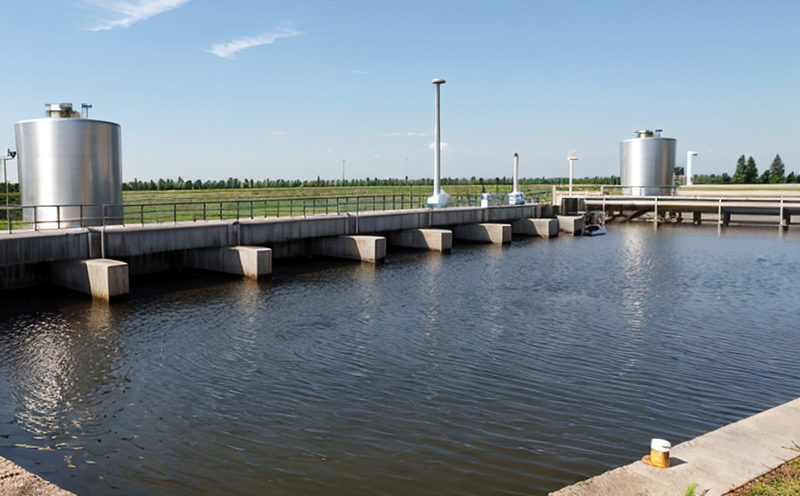EN 8015 Drinking Water Microbiological Quality Testing
The European standard EN 8015 sets out comprehensive guidelines and methods for microbiological quality testing of drinking water. This standard is pivotal in ensuring the safety and purity of water intended for human consumption, aligning with broader European Union (EU) directives on water quality.
Waterborne pathogens such as bacteria, viruses, and protozoa can pose significant health risks to consumers. Hence, EN 8015 emphasizes stringent microbiological parameters to safeguard public health. The standard covers a wide range of tests including coliforms, indicator organisms, pathogenic bacteria (such as Salmonella), and more specific pathogens like Cryptosporidium.
The testing process involves the collection of water samples from various points in the distribution system. Samples are then prepared according to standardized procedures laid out by EN 8015 to ensure consistent results across different laboratories. The use of certified media, incubation conditions, and specific detection methods is critical for accurate microbiological analysis.
One of the key aspects of this testing method is the identification and enumeration of coliforms, which serve as indicators of potential contamination by pathogens. Coliform bacteria are used because they are easily detected and grow in conditions similar to those where waterborne pathogens might survive. This helps in early detection of possible contamination.
Pathogens such as Salmonella, Campylobacter jejuni, and Clostridium perfringens are also tested for their presence due to the severe health implications they can have on consumers. The testing procedures involve complex culture media and incubation periods that can take several days to complete, ensuring a thorough examination of water samples.
For specific pathogens like Cryptosporidium, which is resilient and difficult to detect, advanced filtration techniques combined with microscopic analysis are necessary. These tests require specialized equipment such as immunomagnetic separation (IMS) systems or polymerase chain reaction (PCR) methods for accurate detection.
The results of EN 8015 testing are crucial not only for compliance but also for the continuous improvement of water quality. Regular monitoring helps in identifying potential issues early, allowing for corrective measures to be implemented promptly. This proactive approach ensures that drinking water remains safe and free from harmful microorganisms.
- EN 8015 covers a broad spectrum of tests including coliforms, indicator organisms, pathogenic bacteria, and specific pathogens like Cryptosporidium.
- The testing process involves the collection and preparation of water samples according to standardized procedures.
- Advanced techniques such as immunomagnetic separation (IMS) systems or PCR methods are used for detecting resilient pathogens like Cryptosporidium.





